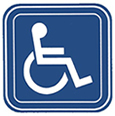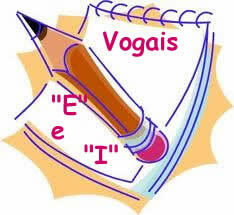Seeking to facilitate our understanding of this subject, we will analyze the following images:


According to our observation, we only perceive the presence of symbols, without any type of writing.
But do these symbols tell us anything? How to interpret them?
In fact, they have a lot to tell us. And we, as we gain experience and expand our knowledge, manage to decipher them easily.
It is a non-verbal language, in which the purpose of communication is to alert us about something. How can we check:
The first sign dialogues with us as follows:
"This place is reserved for people with physical disabilities."
The second says:
“It is forbidden to stop and park”.
Like these, there are also several others, such as:
Silence, hospital!
No smoking!
Watch out! Angry dog!
Traffic lights, in addition to gestures, dance and arts in general, such as paintings, sculptures, theatre.

In verbal language, communication is carried out through words, whether through a poster, a text, an advertisement, an advertisement, and many others.
The important thing is to always remember:
Every language, whether verbal or non-verbal, has a single objective:
Establish some kind of communication between the speaker or the writer and the listener or reader.
By Vânia Duarte
Graduated in Letters
Kids School Team


